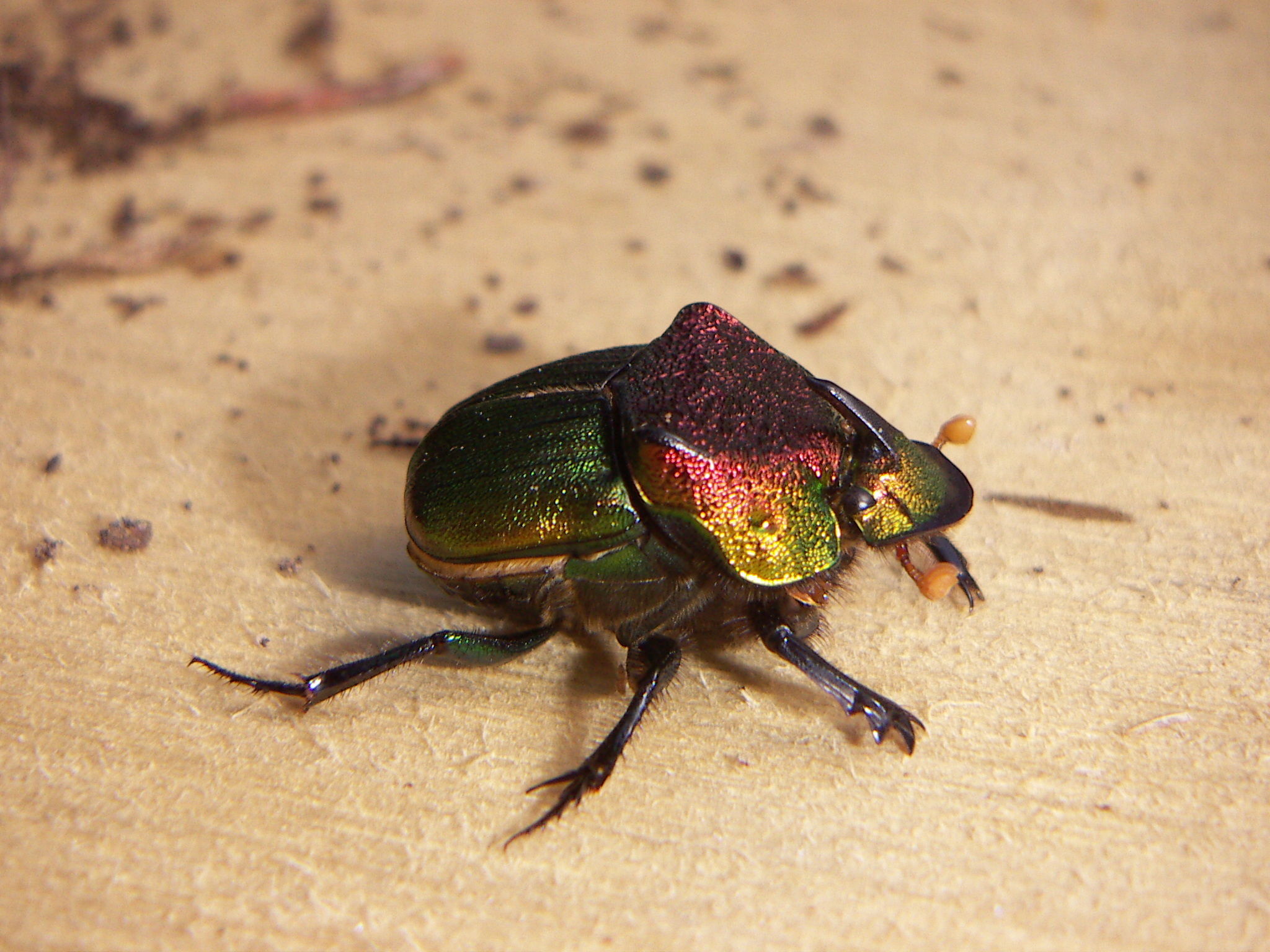Interactions
In concert with virtually every living organism found on Earth, Phanaeus vindex is able to withhold relationships with a variety of others; from a troop of monkeys to humans (Price & May 2009). To begin, as a common name for Phanaeus may allude to, the species P. vindex do what many think of as unfathomable; consume the dung of other animals. P. vindex is not considered a picky eater, however, a preference is held as to the type of dung this species finds the most delectable (Price & May 2009). In terms of dung, P. vindex is found to be more attracted to omnivore excrement, such as swine feces, in comparison to herbivore feces (Price & May 2009). If you are looking for an herbivorous animal, check out the Yak! For some phaneines, dung may be viewed as a scarce quantity, despite any misconceptions we may have of the quantity and proliferation of animal feces. Therefore, the early detection, and ultimately the immediate exploitation, of excrement are key (Price & May 2009). To further demonstrate this concept, some members of the genus Phanaeus have been observed in a commensal relationship while following a troop of monkeys throughout the Amazon Rainforest (Price & May 2009).
Not only do P. vindex perform a task humans have yet to take on, the benefits of consuming the dung of other organisms are numerous (Price & May 2009). First, eating dung reduces the accessibility of manure to flies, which effectively reduces the risk of the spreading of disease through fly vectors (Price & May 2009). Not only are the potential dangers of flies held at bay, the consuming of dung can prevent the effects of the harmful kleptoparasitic dung beetle (Price and May 2009).
The consequent benefits of the digestive behavior of
P. vindex extend far beyond the avoidance of deadly diseases
and into agricultural fields and pastures (Bertone et al. 2006). Generally speaking, the
actions of P. vindex lead to a reduction of pasture fouling,
an addition of nutrients to the soil, the aeration of soil, and a
competition with flies for nesting accommodations and food resources
(Bertone et al. 2006). The benefits for humans of these small,
fecal-digesting arthropods are quite evident, however there are
expected consequences of the lack of P. vindex and other dung
beetles. In the absence of this species, the decomposition of fecal
matter occurs at a slowed rate, which leads to a much smaller
distribution of nutrients (Bertone et al. 2006). In addition to the
general helpful effects of dung beetles, P. vindex’s unique
characteristics offer specific aid to fields and pastures. Because
P. vindex are tunnelers, the subsurface soil is brought up to
the ground surface due to this tunneling motion (Bertone et al.
2006). This exchange of soil levels accounts for an improvement in
percolation, an introduction of organic matter into soil, plus a
reduction in organic pollution (Bertone et al. 2006).
2006). The benefits for humans of these small,
fecal-digesting arthropods are quite evident, however there are
expected consequences of the lack of P. vindex and other dung
beetles. In the absence of this species, the decomposition of fecal
matter occurs at a slowed rate, which leads to a much smaller
distribution of nutrients (Bertone et al. 2006). In addition to the
general helpful effects of dung beetles, P. vindex’s unique
characteristics offer specific aid to fields and pastures. Because
P. vindex are tunnelers, the subsurface soil is brought up to
the ground surface due to this tunneling motion (Bertone et al.
2006). This exchange of soil levels accounts for an improvement in
percolation, an introduction of organic matter into soil, plus a
reduction in organic pollution (Bertone et al. 2006).
P. vindex are not able to avoid the reality that is predation, and are susceptible to targeting from two different avenues; parasites and animal predation (Price & May 2009). Although P. vindex attempt to achieve an avoidance of predators by waiting by the opening of their burrow for the shadow of birds; such as burrowing owls, mammals; such as swine, or other organisms like Staphylinus maculosus, they are fundamentally unable to avoid all predators (Price & May 2009). In terms of parasites, P. vindex are the most common dung beetle to be infected with Physocephalus sexalatus, a type of stomach worm found in swine (Fincher, Stewart, & Davis 1969). This species makes for an excellent intermediate host for this parasite for reasons such as: there are numerous amounts of P. vindex around swine and they are available to become hosts at all times during the year (Fincher, Stewart, & Davis 1969). Phanaeus are not limited to worms from swine, however. The genus Phanaeus are commonly hosts of sphaerocerid flies (Price & May 2009). If you are interested in parasitic organisms, click here!
Feeling lost? Click here to go back Home! If not, check out the Interesting Facts page!
To see where we got our information, go to the References page!